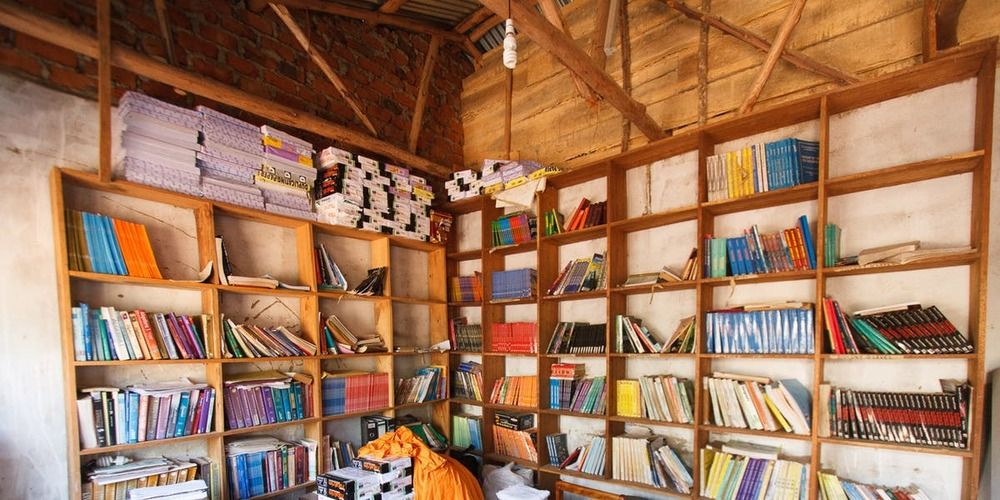My mission is to drastically improve your life by helping you break bad habits, build and keep new healthy habits to make you the best version of yourself.
- Please consider donating: https://paypal.me/BrentNally or my Bitcoin Cash (BCH) address: qr9gcfv92pzwfwa5hj9sqk3ptcnr5jss2g78n7w6f2
Follow Brent on social media:
- Instagram: https://instagram.com/brent.nally/
- Facebook: https://facebook.com/brent.nally
- LinkedIn: https://linkedin.com/in/brentnally
- Twitter: https://twitter.com/BrentNally
- Patreon: https://patreon.com/user?u=9451534
This video is My 1 year Mesenchymal Stem Cells Update from my December 20, 2018 treatments at Dream Body Clinic in Nuevo Vallarta, Mexico. Dream Body Clinic works with CryoVida (www.cryovida.com.mx) to receive the MSCs. CryoVida is the only lab in Mexico with 3 laboratory certifications for stem cell cultivation and research.
The MSCs are extracted from the Wharton’s Jelly of the umbilical cords of young and healthy (disease free) mothers in CryoVida’s fertility clinic in Guadalajara, Mexico which is about a 5 hour drive from the Dream Body Clinic in Nuevo Vallarta where I received the IV infusion and local injections of the MSCs. The MSCs are immediately refrigerated after extraction and stay refrigerated until injection &/or infusion. The MSCs must be injected within 4 days from birth or they must be discarded. CryoVida has been doing this since 2002. Many other companies all over the world have used umbilical cord derived MSCs for various treatments and this treatment is rapidly growing in popularity. I wouldn’t put these MSCs in my body if I didn’t do extensive research to verify that it’s safe. Everyone should do their own research to determine if they feel it’s safe enough to put in their body.






